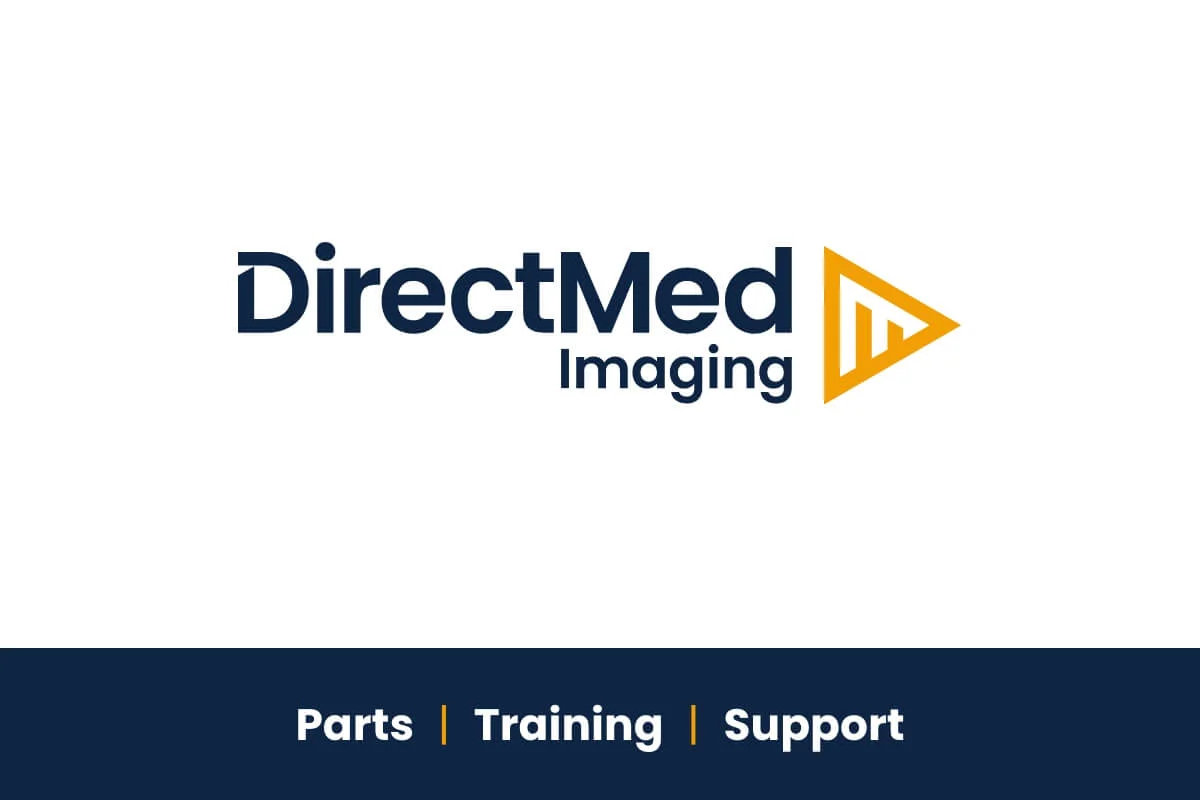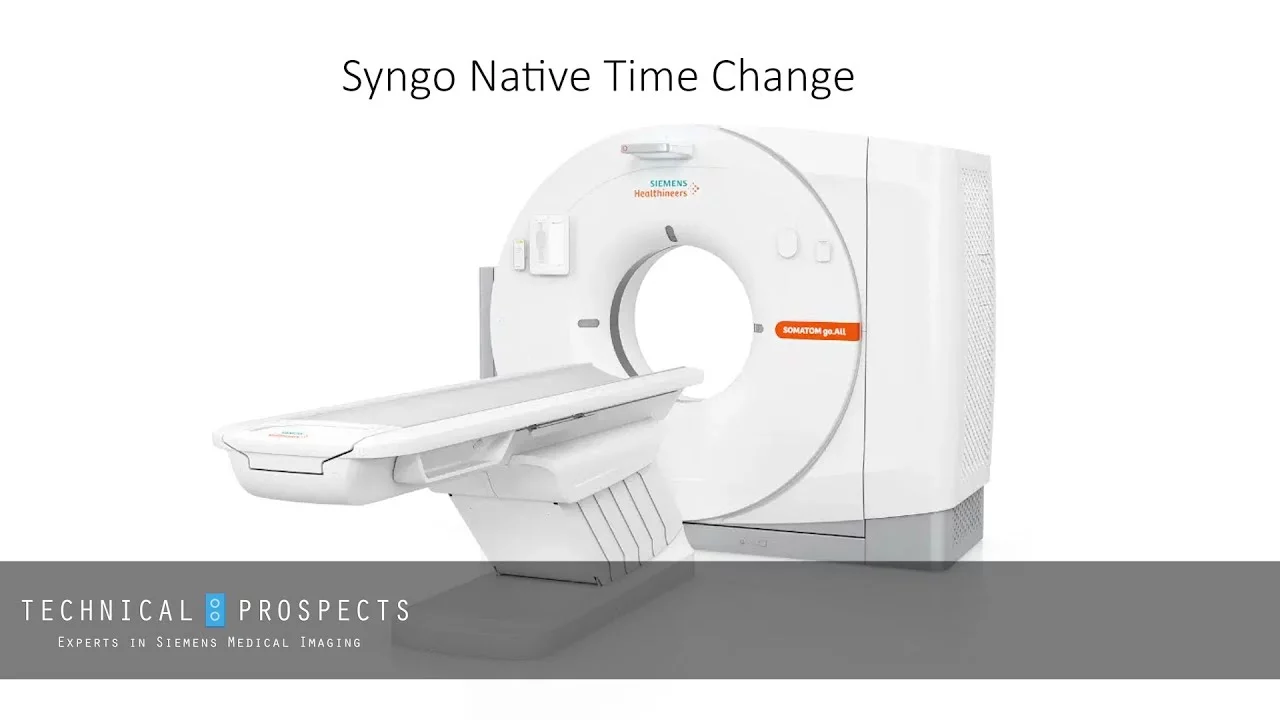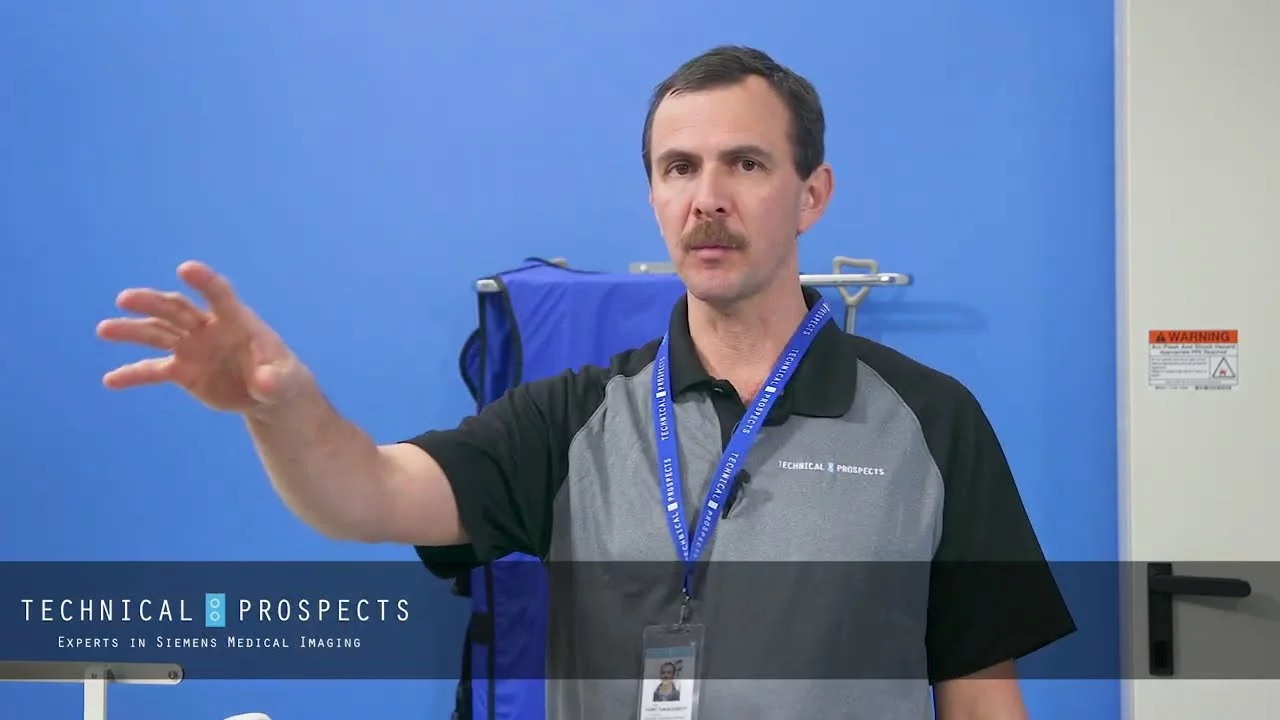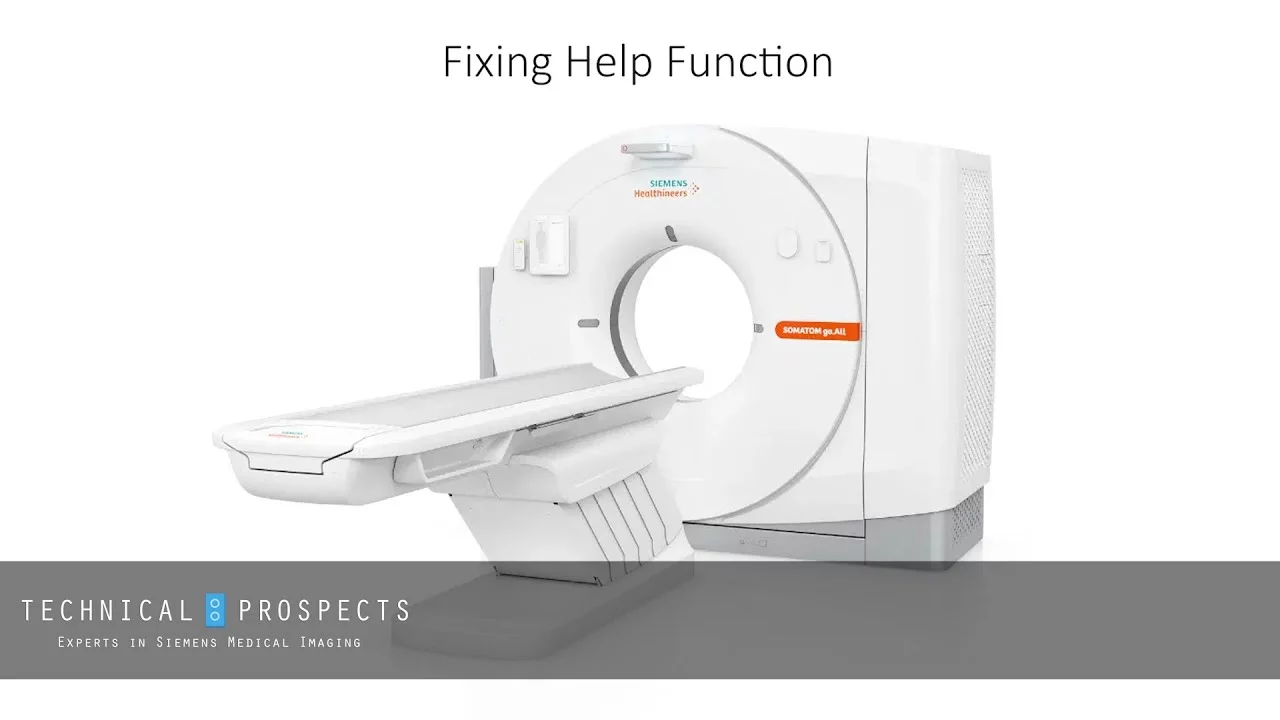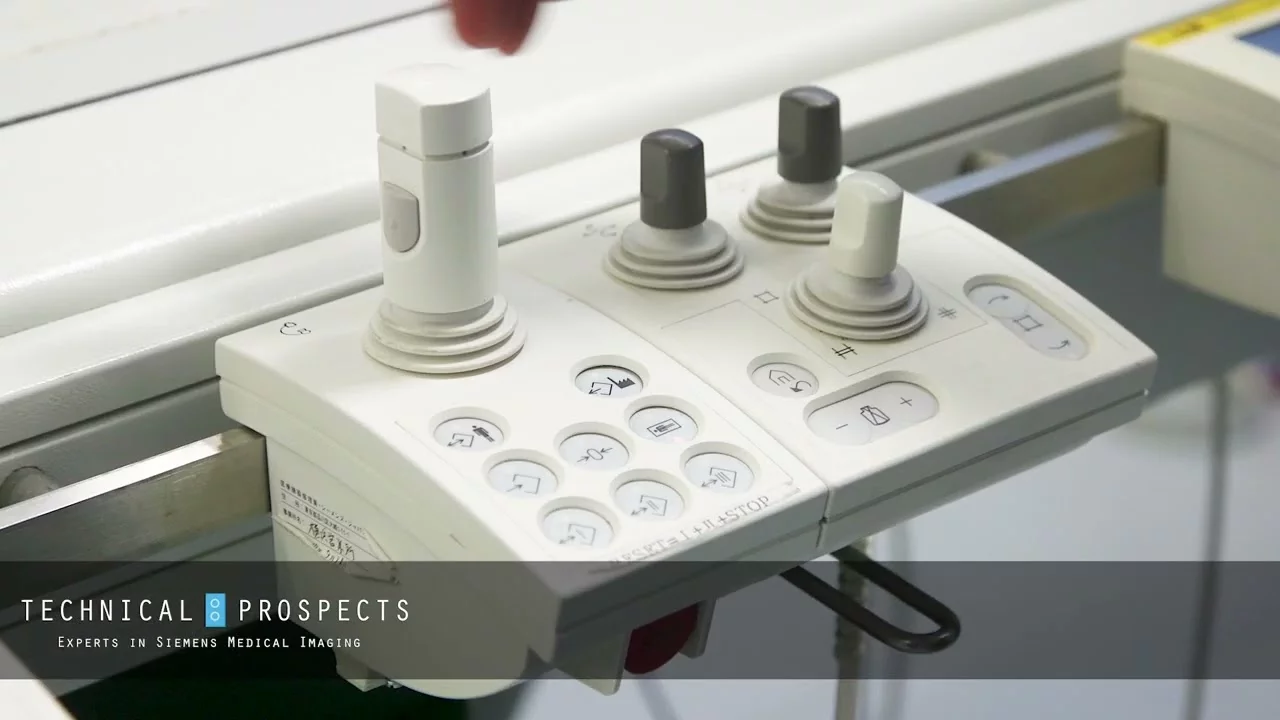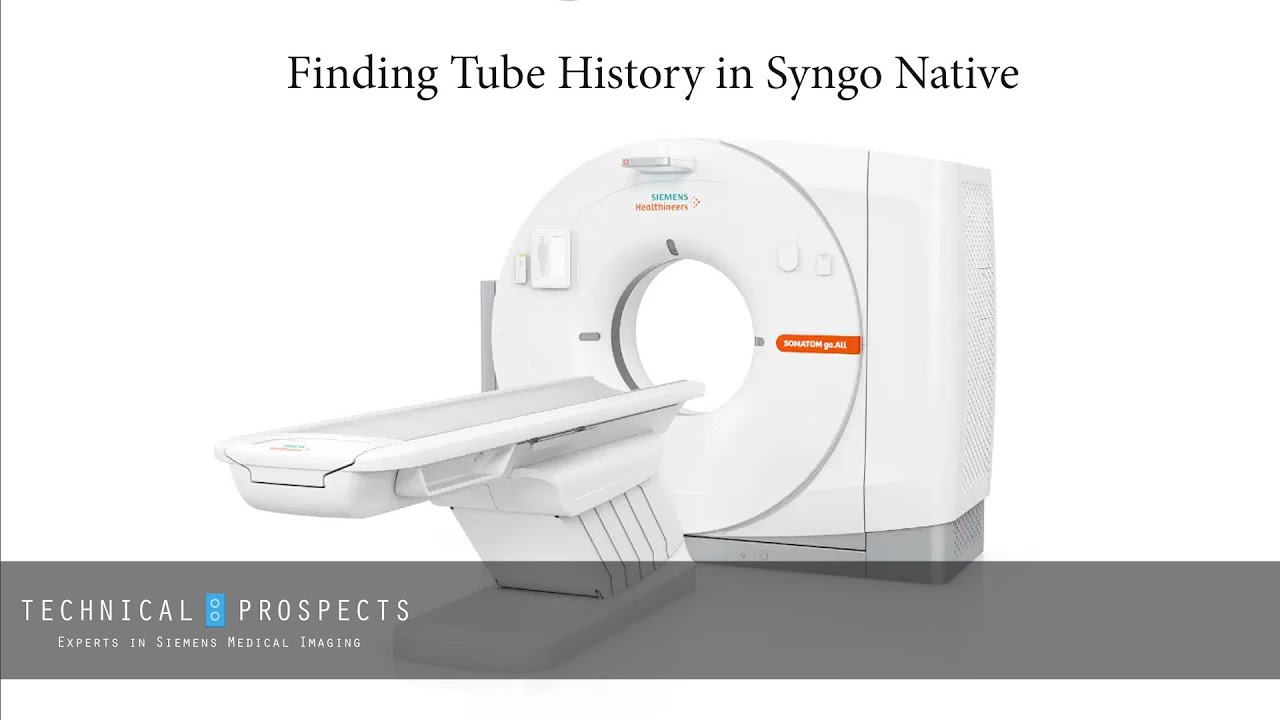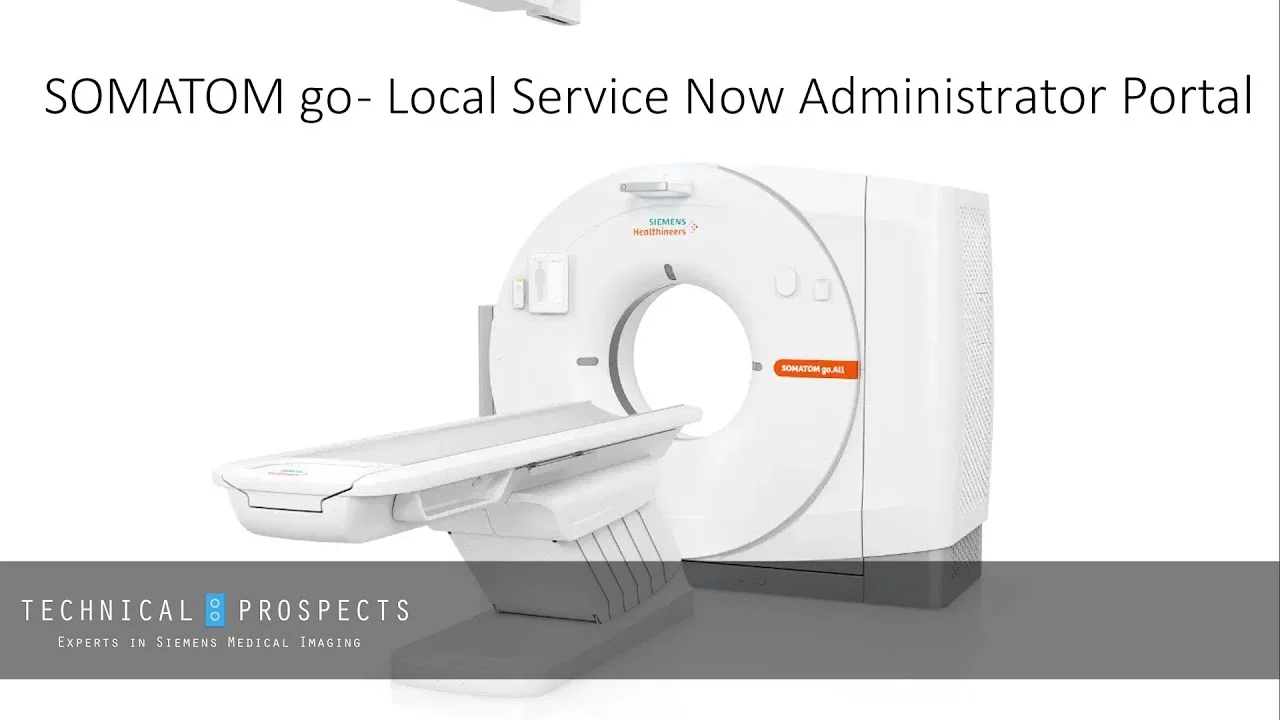We live during strange and exciting times in which the digital world and real world are colliding. The rapid pace of technological change can sometimes be mind boggling.
Many fields of work are being impacted by what’s often referred to as The Fourth Industrial Revolution or Industry 4.0, which involves the introduction of 5G wireless, automation, 3D printing, the internet of things (IoT), as well as virtual reality (VR) and augmented reality (AR).
These innovations are not only disrupting manufacturing, they’re bringing groundbreaking changes to healthcare and medicine as well. And, while much of the discussion revolves around how providers will use advanced solutions for things such as training and diagnosis, the technology will also play a role in the work of those who service and repair medical devices.
So, what can imaging engineers expect in a world where AR and VR become part of the job?
The Reality of VR and AR in Medical Imaging
When you think of virtual reality, the first thing that likely comes to your mind is the gaming and entertainment world. Talk of augmented reality usually conjures up images of science fiction movies, like the stuff Tom Cruise’s character uses in Steven Spielberg’s Minority Report.
Interestingly, in a case of life imitating art, some believe many of the sci-fi innovations in that film inspired today’s real-life tech. View the CNN video below to learn more.
If you need clarification on the difference between these two mediums, think of VR as an immersive digital simulation often using headsets to put the user in a completely different setting. AR, on the other hand, augments the world around you with imagery, much like a hologram.
But what does this all mean for the medical community and the men and women who keep medical imaging systems and other equipment up and running?
Recent research published in the journal Radiology examined how VR and AR could affect medical imaging through training, communication, and aiding in interventional procedures. One of the top benefits was training. The authors wrote that VR and AR training in radiology “is associated with a higher level of active learner participation, owing to increased social, environmental and personal presence within the learning activity.”
In other words, people learn better by doing and interacting than by sitting in a lecture or passively watching a video demonstration.
Just as VR and AR can be used as a tool for training in medicine, it can provide ongoing education to biomedical and imaging engineers, allowing them to learn how to service and repair different modalities and new models without necessarily requiring access to an expensive physical system.
Another area where AR technology could prove useful is tech support. For example, picture a medical imaging system user’s manual that exists as an AR program for an MRI. If a field service engineer needed help troubleshooting an issue, both the FSE and the support specialist could view the same interactive experience, allowing tech support to provide better guidance.
Image courtesy: Vrroom.com
While actually performing repairs, an engineer could hold up a mobile device in front of imaging equipment to view an overlay of schematics helping them identify a problematic part that needs to be replaced. AR glasses could even allow tech support to see what an engineer is viewing while also providing “on-screen” information and face-to-face communication.
As explained in an article from Vrroom.com:
“AR is perfect for delivering real-time customer support. It allows the agent to guide the customer through a process with visual assistance, eliminating the biggest problem that exists – miscommunication. With AR, the agent can introduce and share virtual elements by adding markups to the image the customer sees as well as overlaying parts of the device in the proper place with the right instructions.”
The Future is Here. But is it Always the Right Choice?
Medical imaging engineers who service and repair Siemens systems may not have to wait long to experience AR in their work. The manufacturer is already rolling out augmented reality resources and training for equipment in other industries.
Siemens appears to be leading the way in adoption of this technology – it was testing an AR helmet back in 2017. The AR development studio, WakingApp, showcases how it is helping Siemens turn industrial training databases into augmented reality experiences. Siemens is even selling its AR technology to other manufacturers. A 2019 press release announced the availability of its Solid Edge® AR software.
Last fall, Robert Wilde of Siemens spoke at the AWE EU conference about how the manufacturer is beginning to implement AR and VR. Wilde explains that Siemens sees VR as a viable option for training, while it will use AR for maintenance and remote assistance with real-word interactions. You can see the presentation in the video below.
However, one thing that Wilde rightly points out towards the end of his presentation is that, “if you use AR and VR for the wrong use cases, you undermine the potential of the entire technology.”
At DirectMed Imaging, we couldn’t agree more. The possibilities of AR and VR are exciting for many reasons. Yet, there’s no substitute for the real thing.
Ongoing education using VR and AR is certainly better than reading a manual or listening to an instructor, but an actual hands-on experience is irreplaceable, providing value beyond that of a simulation.
That’s why imaging engineer training at DirectMed Imaging includes access to our state-of-the-art QA bay. The facility allows us to make 75 percent of our courses hands-on. Trainees can work on physical systems alongside peers in their field and get answers from a knowledgeable instructor. You can find out more about the experience in our case study about training at DirectMed Imaging.
We believe in providing medical imaging engineers with quality-tested Siemens replacement parts, OEM-caliber training, and free 24-hour tech support from helpful experts. At some point, that may very well include VR training or AR support. If that’s the best experience we can provide our customers, we will invest in it.
No matter what the latest trend or technology may be, you can trust DirectMed Imaging to be there to provide reliability at the moment of truth. Contact us today to find out more about how your organization can use DirectMed Imaging as a dependable partner.





